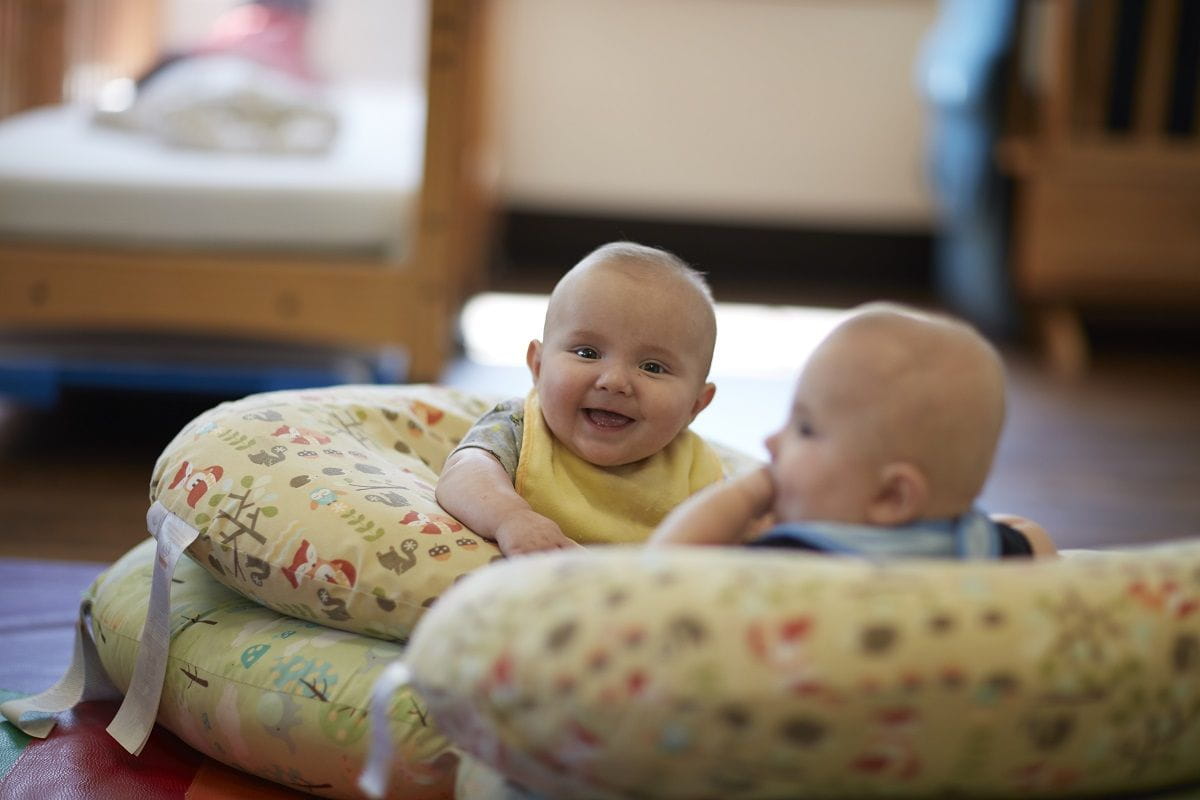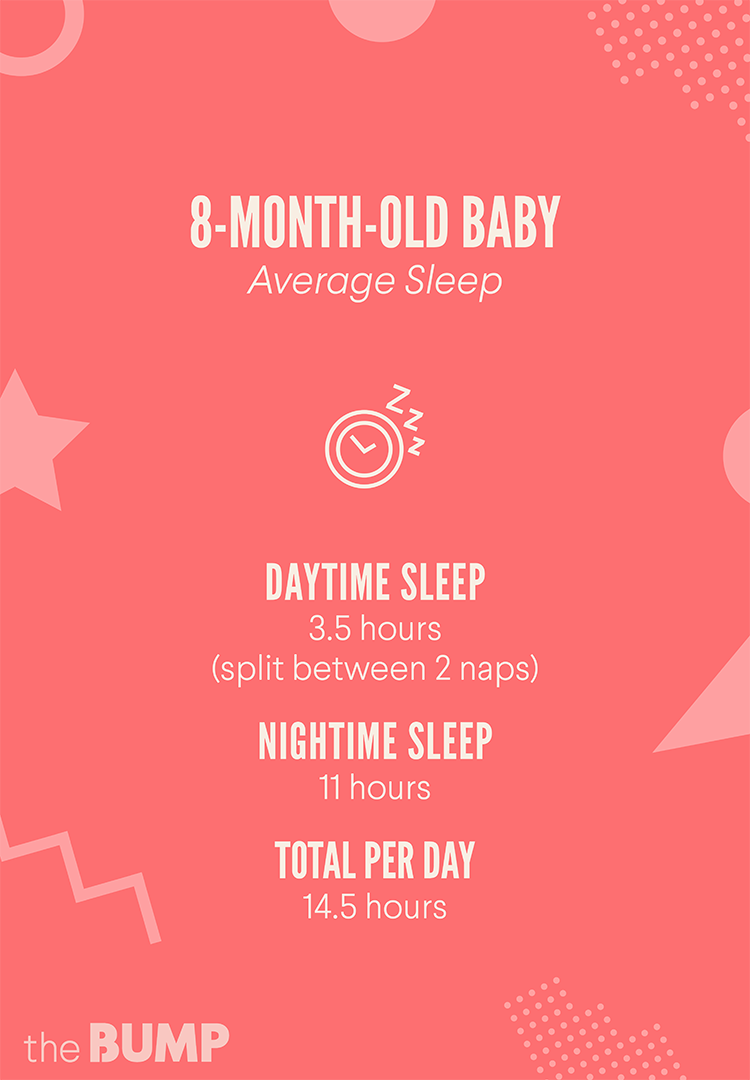

Yes, your baby’s wake time includes the time that it takes to feed your baby. Instead, it’s following your baby’s sleepy cues, knowing the appropriate amount of time for her to be awake, and then getting her to sleep within that proper sleepy window. I don’t even consider it sleep training a baby. It’s not using a magic swaddle or adding food to their bottle (definitely don’t do that).

There are things you can do to help your baby fall asleep, start sleeping longer stretches, and sleep through the night.Īnd one of those things is paying attention to your baby’s wake times. Baby sleep is a complex process and one of the hardest parts of being a new parent.īut just because you are a new parent doesn’t mean you have to lose years or months worth of sleep. Overtired, under-tired, won’t sleep in the crib, will only sleep in mom’s arms-the baby sleep woes go on and on. Instead, baby sleep is quite complicated and can be difficult to figure out. That would make having a newborn baby so much easier. I wish babies just fell asleep when they were tired and woke up when they were well rested. Please note that “typical stages” apply to generally healthy children with no growth or developmental concerns.I wish putting a baby to sleep was more simple. While we know that no two days are ever the same, there are some gentle guidelines to follow. Many parents ask me what a typical schedule should look like for their child.

Read: Sample Schedules: Sleep and Naps From 6 Months to Preschool Every Child is Different Schedules are important! Get help with yours: They just need that extra down time so they can make it to bedtime without falling apart. Even if that third little bonus nap has to be in the carrier or in a stroller, or if you’re picking up other kids in the car, it’s okay. This is something to help them get to the 7:00 window without falling apart and running on vapor. Therefore, they’re going to need a third little, what I call, “bonus nap”. If they have a decent second nap, around an hour and half in the afternoon, that’s still going to be a long window to bedtime. The Witching Hours Between Nap Two and Bedtime The bright daylight will help set their circadian rhythm, or “body clock”. Read: Baby Nap Basics for All Ages: Your Daytime Sleep Questions Answered In between naps, try and get your baby outside for a little while every day. If your baby woke up at 10:00 a.m., the second nap will be around noon to 1:00 p.m. The next nap happens 2-3 hours after the first nap, so baby is asleep within 3 hours of the last nap. You really don’t want a morning nap before 8:00 a.m. This should put their first nap somewhere around 8:00 and 9:30 a.m., depending on when they woke up. Read: 6 Month Sleep Schedules – Your Six to Nine-Month-Old What About Naps?īabies should have their morning nap about an hour and half to two hours after wake-up in the morning. Want to know more about your baby’s sleep requirements?

Ideally, they will wake up somewhere between 6:00 and 7:30 a.m., which is an average wake-up time for the day. Then they sleep through with a feeding or without a feeding, depending on your baby. that’s a typical bed time for this age, remembering every baby is different. Let’s say they go to bed at 7:00-7:30 p.m. If you prefer to read about sleep schedules for your baby, here’s a short transcript of the video: How Much Sleep Does My Baby Need?Īt 6-8 months old, they really need about 3-3 ½ hours of sleep during the day over the course of 3 naps and 11 hours at night.


 0 kommentar(er)
0 kommentar(er)
